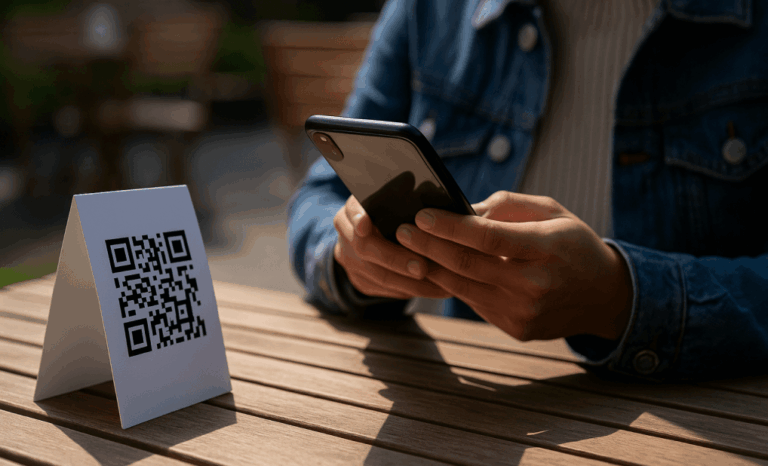In the wake of COVID-19, QR codes have transformed from niche utilities into essential tools across industries. Once a novelty seen mostly on tech blogs and product packaging, they now represent a convenient way to access menus, services, and promotions — all by simply scanning with a smartphone. As businesses adapt to new habits and expectations, QR codes in a post-pandemic world are playing a bigger, more strategic role than ever before.
From restaurants and retail to healthcare and marketing, QR code usage has soared. And as we navigate a post-pandemic world, it’s clear: QR code technology isn’t fading — it’s evolving.
The rise of QR codes during the pandemic
The global health crisis didn’t invent QR codes, but it certainly accelerated their adoption. Developed by Denso Wave in the 1990s, QR codes were originally designed to track auto parts. Fast forward to 2020, and suddenly they were everywhere — not because of tech innovation, but because they were a safe, touch-free alternative during a global emergency.
Governments used QR codes for contact tracing. Restaurants swapped printed menus for QR code menus. Retail stores implemented contactless transactions. Even museums added QR codes to displays for additional info without the need to touch anything. The message was clear: scan, don’t touch.
Why QR codes became so essential
Three key drivers explain the QR code explosion in the pandemic world:
1. Contactless convenience
When physical contact became a risk, QR codes offered a safer path. With a mobile phone in hand, users could scan a QR code to pay, check in, or view information — without touching shared surfaces.
2. Smartphone readiness
By 2020, almost every smartphone could scan a QR code directly from the camera app — no need to download a separate QR code scanner. This removed the biggest friction in previous years: app fatigue.
3. Versatile applications
From linking to URLs and digital menus to embedding contact details or health status for event entry, QR codes proved incredibly flexible. Businesses realized they could customize them to serve dozens of use cases — quickly, cheaply, and at scale.
QR code usage in a post-pandemic world
So what now? As life resumes and touch no longer feels taboo, are QR codes still relevant?
Absolutely — but their role has shifted.
Today, QR codes are not just stopgap solutions. They’re an important part of long-term digital strategies. Customers are now familiar with scanning. Businesses have upgraded their workflows. The result? QR codes are being used in more creative, engaging, and data-rich ways.
Let’s break it down by sector.

Restaurants and hospitality: From menus to marketing
QR code menus are here to stay. Not just for hygiene, but for agility. Menus can be updated in real time, customized for locations, and enhanced with images or dietary filters — something no printed menu can offer.
Beyond menus, restaurants use QR codes for:
- Customer feedback forms
- Loyalty programs
- Contactless payments
- Promotions tied to scan activity
It’s not just about information sharing anymore — it’s about engagement.

Retail and packaging: Product storytelling at scale
In retail, QR codes have become gateways to richer product experiences. On product packaging, a quick scan can reveal:
- Ingredient sourcing
- Sustainability credentials
- Usage instructions
- Video tutorials or how-tos
By using QR code generators tied to dynamic URLs, businesses can update these experiences without reprinting packaging — significantly reducing waste and increasing flexibility.
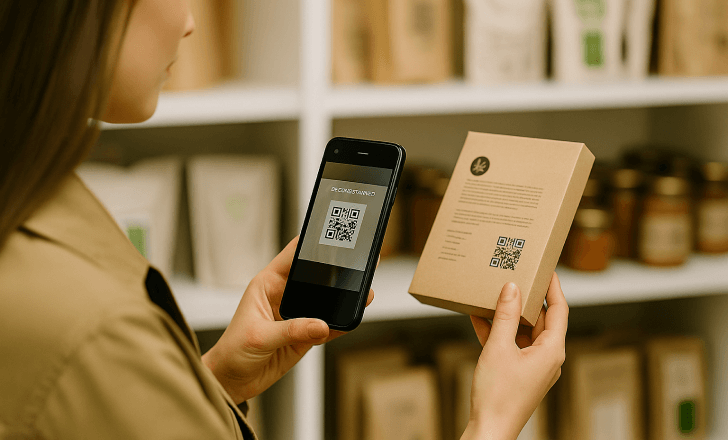
Healthcare and safety: Still critical, but evolving
QR codes played a starring role in COVID-19 safety measures. Think contact tracing, vaccination proof, test positive tracking, and check-ins at medical facilities.
Today, many healthcare providers are integrating QR codes into:
- Patient check-in kiosks
- Lab result access
- Secure medication info
- Appointment reminders
It’s part of a broader move toward digital transformation in healthcare, where scanning a QR code can improve patient flow, reduce errors, and save time for staff and visitors alike.
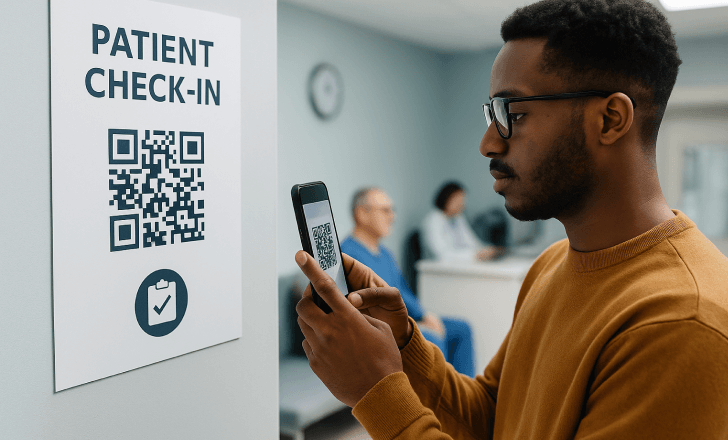
Events and venues: Entry made easy
If you’ve attended a concert, trade show, or museum lately, chances are your ticket was a QR code. This trend is continuing strong in the post-pandemic landscape, where mobile-first access is expected.
Event organizers now use QR codes to:
- Register attendees
- Verify health status or vaccine records
- Share programs or maps
- Promote sponsors and vendors
It’s a touch-free, app-free solution that keeps things simple for users and scalable for hosts.
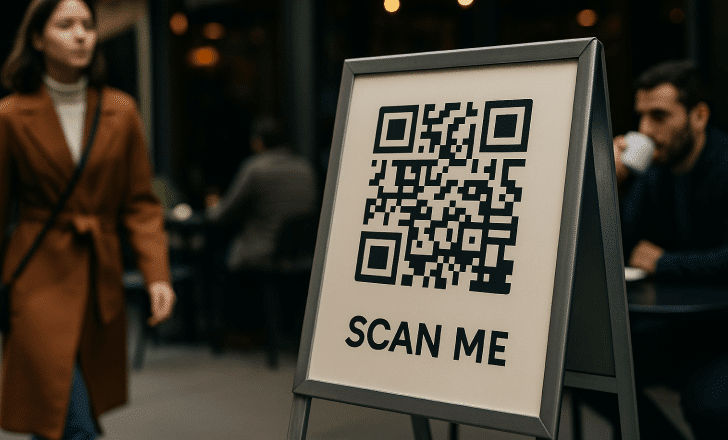
Why customers still love scanning QR codes
Despite initial skepticism years ago, users now see many benefits in using QR codes:
- They’re familiar. Most people know what they are and how to scan them.
- They’re fast. One scan gives instant access — no typing, no searching.
- They’re flexible. QR codes work on packaging, screens, tables, brochures — anywhere.
- They’re safe. No contact required, and modern QR code generators add security features.
When done right, scanning feels natural. It doesn’t interrupt — it enhances.
The role of customization and branding
Today’s QR codes aren’t just black-and-white squares. With a quality QR code generator, you can customize colors, shapes, and even embed logos — turning a functional tool into a branded asset.
This is especially valuable for:
- Retail displays
- Advertising campaigns
- Print collateral
- Product packaging
A custom QR code reinforces brand identity while guiding users to targeted content — a win-win.
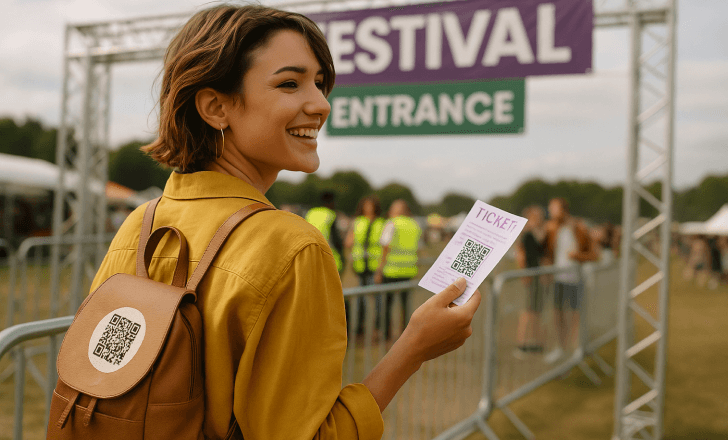
Data, analytics, and marketing opportunities
One of the most underutilized aspects of QR code technology is data tracking. Every scan can be tied to time, location, device type, and more. With dynamic QR codes, businesses can:
- Measure campaign performance
- A/B test CTAs or destinations
- Trigger location-aware experiences
- Retarget based on scan behavior
This transforms the humble QR into a powerful marketing tool — not just for access, but for insights.
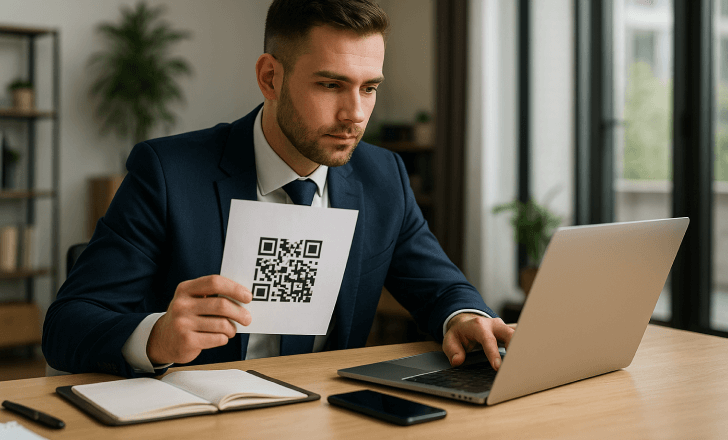
What’s the future of QR codes in a post-pandemic world?
The post-pandemic world isn’t about returning to “normal” — it’s about evolving. And QR codes have earned their place in this new normal by solving real-world problems in practical, scalable ways.
We’re now seeing them linked with emerging technologies:
- AR integrations for immersive product experiences
- IoT for smart packaging and appliances
- Secure access via encrypted URLs and SSO authentication
Whether used by a solo creator sharing a portfolio or a multinational brand powering global packaging, QR codes are more than a shortcut — they’re a bridge.
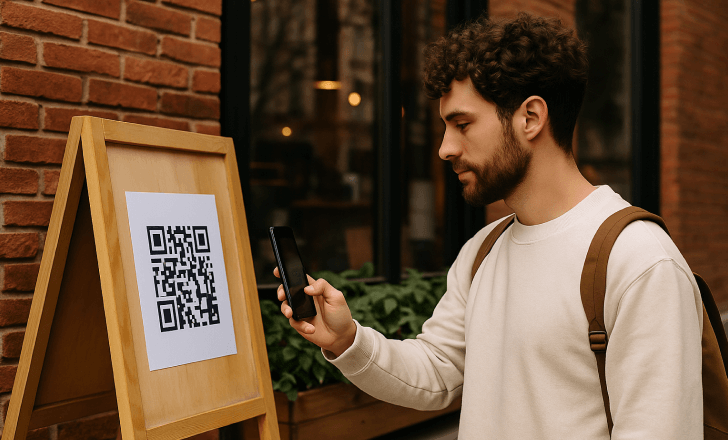
Are QR codes still safe to use?
Yes, when used correctly. Most concerns about QR codes revolve around phishing scams or malicious URLs. To stay safe:
- Use a trusted QR code generator
- Avoid scanning unfamiliar codes in sketchy locations
- Look for branded or verified QR codes where possible
At QR Code KIT, we build in security features and ISO certifications to help businesses keep their codes safe and their users protected.
Can QR codes still drive engagement in 2025?
Absolutely. In fact, as users become more mobile-first and digital expectations grow, QR codes will continue to be one of the most convenient ways to:
- Launch promotions
- Guide customers through onboarding
- Link physical products to digital services
Their adaptability makes them future-proof.
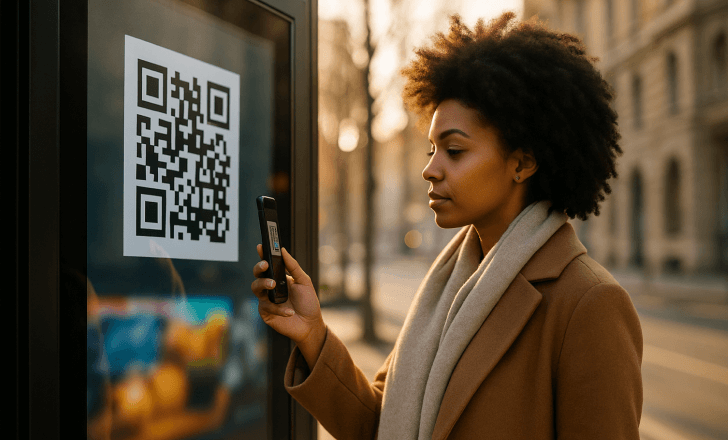
How should businesses implement QR codes now?
If you’re using QR codes only for menus or PDF downloads, you’re missing out.
Businesses should explore:
- Dynamic codes for updateable content
- Scan analytics to improve campaigns
- Custom domains for branded trust
- Smart landing pages tailored to user context
With tools like QR Code KIT, it’s easier than ever to implement advanced features without writing a single line of code.
What are some creative examples of QR code usage?
Some of the most innovative applications we’ve seen include:
- A wine label that links to pairing tips and a vineyard tour
- A streetwear brand that rewards scans with exclusive drops
- A nonprofit campaign where each QR code shows a different story depending on location
Creativity and intent are what make a QR code great — not just the technology.
Final thoughts: The QR code’s role in what comes next
QR codes helped us adapt in a time of uncertainty. But their real impact is only beginning. In a world shaped by changing habits, tighter regulations, and rising expectations for speed and personalization, QR code technology is evolving into something far more strategic.
What’s new isn’t just how people scan QR codes — it’s how businesses use them to unlock value beyond the scan.
We’re now seeing QR code implementation tied to business intelligence, logistics, and product lifecycle management. A QR code isn’t just a link; it’s a data-rich node in your ecosystem. For example, manufacturers use QR codes on product packaging not only for customer access, but to track items across the supply chain, verify authenticity, or update digital product passports with real-time information.
In marketing, QR codes are starting to act more like interactive bridges than static triggers. Instead of pushing everyone to the same landing page, smart businesses are configuring QR code destinations based on scan context: location, language, device type, or even the time of day. This context-aware customization helps increase conversion rates and personalize the journey without needing an app.
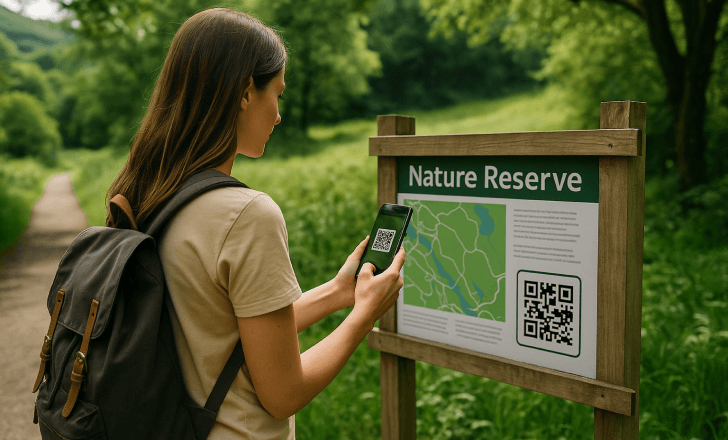
There’s also growing interest in privacy-safe engagement. Since QR codes don’t require users to create an account or log in, they enable frictionless access to digital services while still giving businesses the ability to gather aggregated, compliant insights through scan behavior. This matters more than ever as brands seek to balance convenience with trust in a post-pandemic, privacy-conscious world.
Finally, QR codes are bridging digital services in places where connectivity is limited. In emerging markets or offline-first industries, QR code usage continues to grow — not just in retail or restaurants, but in agriculture, field service, and education. Scanning a QR code from printed material can deliver critical info even without full web access, or preload URLs to open when users reconnect.
So, are QR codes still relevant in a post-pandemic world?
Yes — but not because of what they were. Because of what they’re becoming: a flexible, secure, and smart layer for information sharing, customer engagement, and service delivery across industries.
If the last few years were about adoption, the next few will be about innovation — and QR codes are still at the center of it all.
